
Starting June 1st, 2023 Our warehouse fee will be $0.65/cubic foot per month
In effort to lower the warehouse storage fee during inflation, we have went narrow aisle racking.This construction took us four months but the project is finally completed. With narrow aisle racking, we are able to drop storage by 24%.We as partners will go through this inflation together.
10/30/2024
Liquefied Natural Gas (LNG) is rapidly emerging as a cornerstone of the global energy industry, providing an efficient, adaptable, and cleaner alternative to conventional fossil fuels. With global demand for energy steadily rising, particularly in regions focused on sustainable growth, LNG offers a strategic solution that addresses both energy security and environmental commitments.
This article explores the potential and significance of LNG as a future-ready energy source, delving into its benefits, applications, and the ongoing advancements in LNG infrastructure worldwide. At Worldcraft Logistics, we are committed to keeping our clients informed on key energy industry trends and developments that impact global supply chains and sustainability goals.
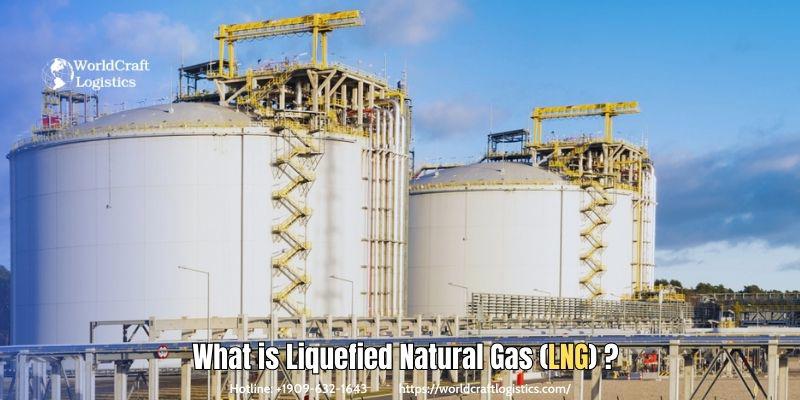
Liquefied Natural Gas (LNG) is natural gas, primarily composed of methane (CH₄), that has been cooled to approximately -162°C (-260°F), transforming it from a gaseous to a liquid state. This process reduces the gas’s volume to about 1/600th of its original volume, making it easier to store and transport, especially over long distances where pipelines are not feasible.
LNG is odorless, colorless, non-corrosive, and non-toxic, offering a cleaner-burning energy source compared to coal and oil. Its use has expanded globally for electricity generation, heating, and fuel for vehicles, as well as in various industrial applications. Major exporters like Qatar, Australia, and the United States produce LNG primarily by cooling and compressing natural gas at dedicated facilities, from which it is transported in specially-designed LNG carriers and stored in cryogenic tanks at import terminals.
*Advantages of LNG:
Lower Carbon Emissions: Produces fewer CO₂ and sulfur emissions than coal or oil.
Transport Flexibility: Can be shipped worldwide, enabling supply diversification.
Economic Benefits: Helps stabilize and diversify energy supplies in import-dependent regions.
*Challenges:
Infrastructure Costs: LNG facilities, tankers, and terminals are expensive to build.
Energy-Intensive Production: The liquefaction process consumes significant energy.
Methane Leakage: Methane is a potent greenhouse gas, so leaks in the production or transport process pose environmental risks.
Overall, LNG is considered a transitional energy source that can support cleaner energy goals while renewable energy infrastructure scales up.
Here's a detailed breakdown of LNG ships and how they function in the global LNG supply chain:
An LNG carrier costs approximately $200-250 million to build, though this can vary based on ship size, technology, and market demand. Advanced containment systems, specialized cryogenic equipment, and safety technology contribute to the high cost.
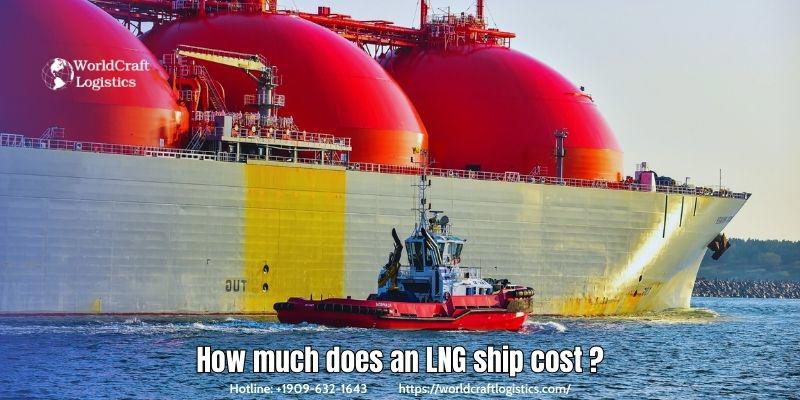
Range: LNG carriers vary widely, with typical sizes ranging from 125,000 cubic meters (m³) to 266,000 m³.
Categories:
Small Carriers: Under 50,000 m³, used for short-haul or coastal routes.
Standard Carriers: 125,000-150,000 m³, widely used for most LNG routes.
Q-Flex and Q-Max Carriers: 210,000-266,000 m³, the largest LNG carriers capable of transporting significant volumes on long-haul routes.
The Q-Max class is currently the largest LNG carrier, with a capacity of up to 266,000 m³. Q-Max carriers are 345 meters (1,132 feet) long and were developed specifically to transport large quantities of LNG from Qatar.
Most LNG carriers can transport 125,000 to 266,000 m³ of LNG. A single Q-Max carrier at full capacity can transport around 155,000 tons of LNG, enough to power a city of around 4.5 million homes for a day.
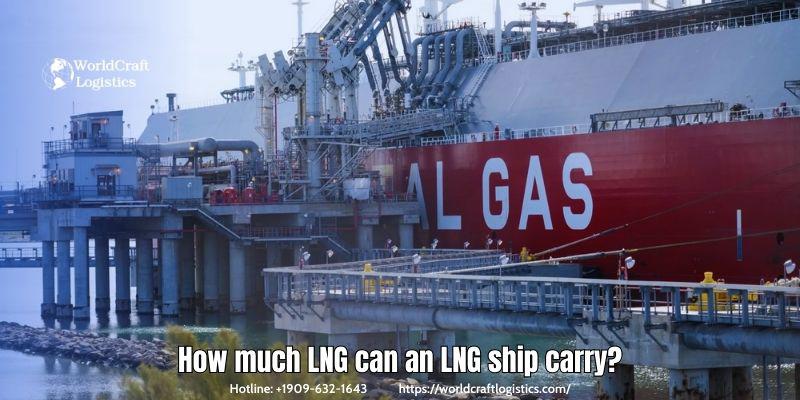
Process: LNG is transported in its liquid state in specially designed cryogenic tanks that maintain a temperature of around -162°C (-260°F) to keep the gas liquefied.
Loading and Unloading: LNG is pumped into the ship’s tanks at an LNG export terminal, transported across oceans, and then offloaded at an import terminal, where it’s either stored in cryogenic tanks or re-gasified for distribution through pipelines.
Containment: LNG carriers use one of three main containment systems:
Moss-type Spheres: Independent spherical tanks that are highly insulated.
Membrane Tanks: Thin metal membranes supported by insulation layers, maximizing capacity.
Prismatic Tanks: Rectangular, providing a more compact fit within the hull.
Insulation and Cooling: LNG carriers have advanced insulation and are equipped with systems that capture and use "boil-off" gas for propulsion, maintaining both temperature and pressure inside the tanks.
Safety Systems: Equipped with advanced monitoring, emergency response, and backup systems to handle LNG’s cryogenic properties and ensure safety in transit.
LNG carriers play a critical role in the global LNG supply chain, enabling efficient and safe transport of natural gas over long distances. This transport method is vital in regions where pipeline infrastructure is impractical or economically unfeasible. Do you know about other types of large cargo ships? Check out this article from Worldcraft Logistics 👉 Top 10 types of cargo vessels in the world
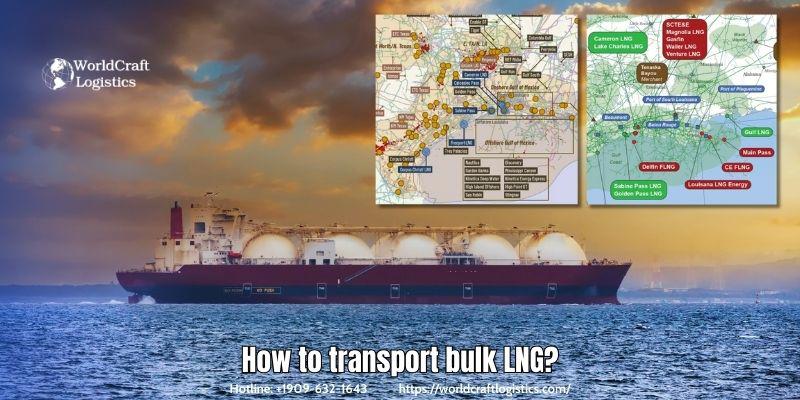
Transporting bulk LNG (liquefied natural gas) involves several steps and specialized infrastructure due to its cryogenic nature and specific handling requirements. Here’s how bulk LNG is transported efficiently and safely:
At liquefaction facilities, natural gas is purified and cooled to about -162°C (-260°F), turning it into a liquid to reduce its volume by about 600 times. Cryogenic storage tanks store LNG at the liquefaction plant until it’s ready for transport. These tanks have advanced insulation to maintain the low temperatures necessary to keep LNG in a liquid state.
Loading Process: LNG is pumped into insulated pipelines that connect the storage tanks to the docked LNG carriers.
LNG Carriers: Specially-designed LNG carriers are docked at export terminals to receive the LNG. These ships are equipped with double-hulled insulation systems that help maintain cryogenic temperatures and prevent leakage.
Containment Systems: The most common containment systems include the Moss-type spherical tanks, membrane tanks, and prismatic tanks, each designed to safely contain LNG and reduce heat transfer.
Ocean Transport: Once loaded, LNG carriers transport the LNG across oceans to the destination.
Boil-Off Gas Utilization: Some of the LNG naturally warms up and evaporates, a process known as "boil-off." Many carriers use this evaporated gas as fuel for propulsion, maintaining tank pressure and temperature while also improving fuel efficiency.
Unloading: Upon arrival, LNG is pumped from the ship’s tanks into cryogenic storage tanks at the import terminal, using insulated pipelines similar to those at the loading port.
Re-Gasification: The LNG is typically re-gasified by heating it back into a gaseous state for use in pipelines, where it is distributed for power generation, industrial applications, or domestic use.
Cryogenic Storage Tanks: Some terminals keep LNG in liquid form for local distribution via trucks or trains, particularly in regions that lack natural gas pipelines.
Rail Transport: In some regions, LNG is transported by rail in cryogenic tank cars designed to maintain the liquid state.
Trucks: For shorter distances, insulated cryogenic tanker trucks are used to transport LNG from storage facilities to smaller distribution points or directly to end-users.
Small-Scale LNG Carriers: For islands or smaller facilities, small-scale LNG carriers can transport LNG in moderate volumes, making LNG accessible to areas without larger import facilities.
*Safety Measures in Bulk LNG Transport:
Insulation and Temperature Control: LNG transport relies heavily on insulation to prevent vaporization and maintain temperature.
Double Hulls and Redundancy: LNG carriers have double hulls and multiple backup systems to ensure safety.
Safety and Monitoring Systems: Continuous monitoring, emergency shutdown systems, and ventilation help manage LNG’s low temperature and flammability.
Bulk LNG transport is complex, but with these specialized systems and safety protocols, LNG can be transported safely and efficiently to meet global energy needs.
Here’s a comparison table outlining the differences between Liquefied Petroleum Gas (LPG) and Liquefied Natural Gas (LNG):
Feature | LPG (Liquefied Petroleum Gas) | LNG (Liquefied Natural Gas) |
Composition | Primarily propane and butane | Mainly methane |
Production Process | Derived from crude oil refining and natural gas processing | Produced by cooling natural gas to -162°C (-260°F) |
Uses | Heating, cooking, vehicle fuel, industrial processes | Power generation, cleaner fuel for industries, transportation |
Storage and Transportation | Stored under moderate pressure in tanks | Stored in cryogenic tanks at extremely low temperatures |
Energy Density | Higher energy density than LNG | Lower energy density per volume, but efficient for bulk transport |
Environmental Impact | Produces fewer emissions than traditional fuels, but still emits CO₂ | Burns cleaner with lower CO₂ and sulfur emissions, making it more environmentally friendly |
Applications | Residential and commercial use, portable fuel | Large-scale industrial applications, electricity generation |
This table provides a concise overview of the key differences between LPG and LNG, highlighting their distinct characteristics, production methods, uses, and environmental impacts.
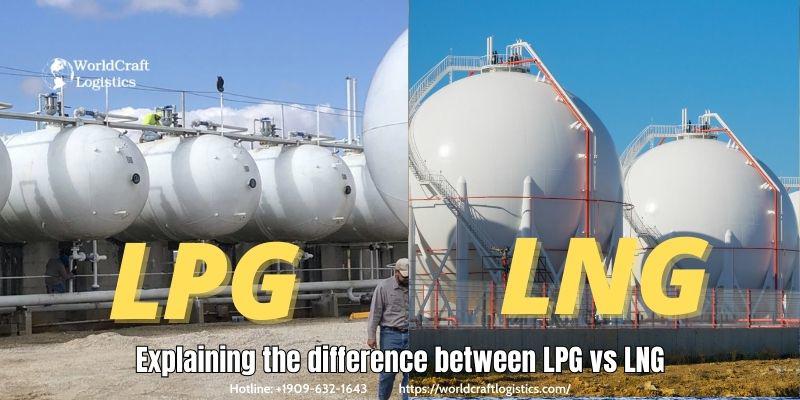
As of recent estimates, there are approximately 650 to 700 LNG carriers in operation worldwide. This number has been steadily increasing due to rising global demand for liquefied natural gas, driven by its cleaner-burning characteristics compared to other fossil fuels.
The number of LNG carriers continues to grow as countries seek to diversify energy sources and reduce carbon emissions. Leading LNG-exporting nations such as Qatar, Australia, and the United States are increasing their LNG output, which in turn drives demand for more carriers.
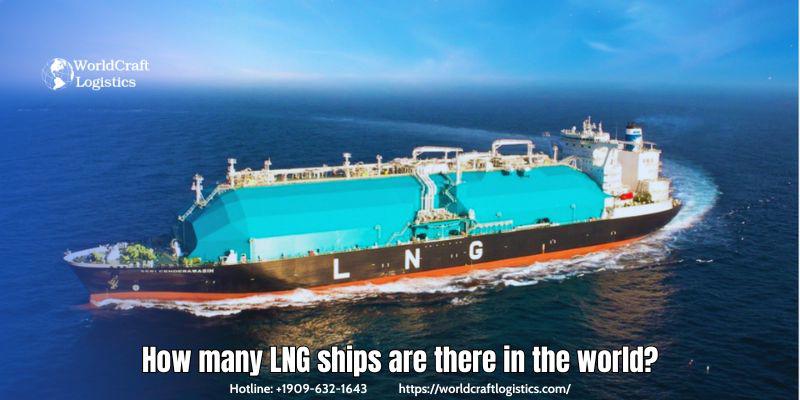
Shipbuilders in regions like South Korea, Japan, and China are working on expanding the global LNG carrier fleet, with many ships on order to meet projected demand. By the end of this decade, the total number of LNG ships may reach 1,000 or more as new facilities come online and existing infrastructure is expanded.
LNG shipping remains a specialized and capital-intensive sector, with major investments in new technologies, such as more efficient containment systems and dual-fuel engines, which further promote fleet expansion and capacity enhancement.
Read more: 👉 COSCO Shipping Inks Deal for 6 New Container Ships in RMB Settlement
The global LNG industry is led by a mix of large energy companies, national oil corporations, and specialized LNG producers. These companies are major players in the production, liquefaction, transportation, and distribution of liquefied natural gas.
Country: Qatar
Overview: QatarEnergy, formerly Qatar Petroleum, is the world’s largest LNG producer and exporter. It leads several massive LNG projects in partnership with global energy companies, including the North Field expansion, which aims to further increase Qatar’s LNG output.
Production Capacity: Over 77 million tons per annum (MTPA), with expansions expected to increase capacity to around 126 MTPA by 2027.
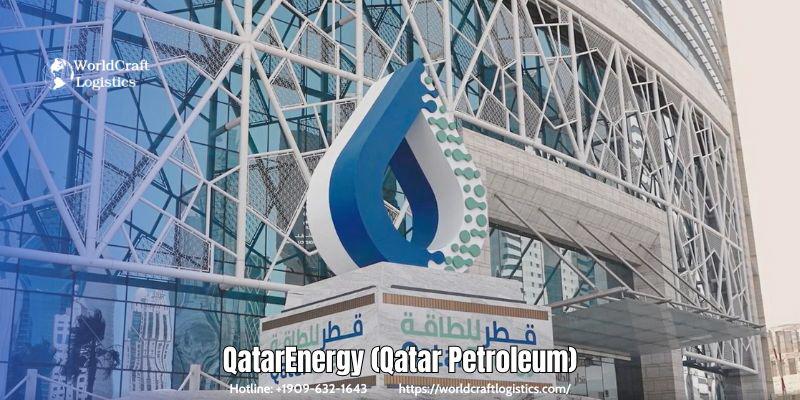
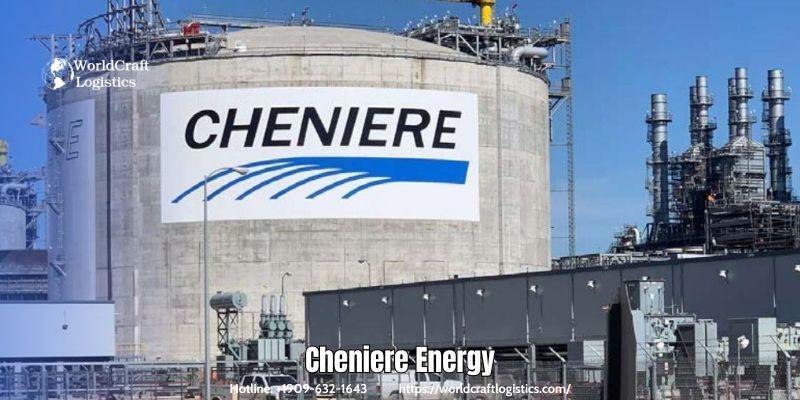
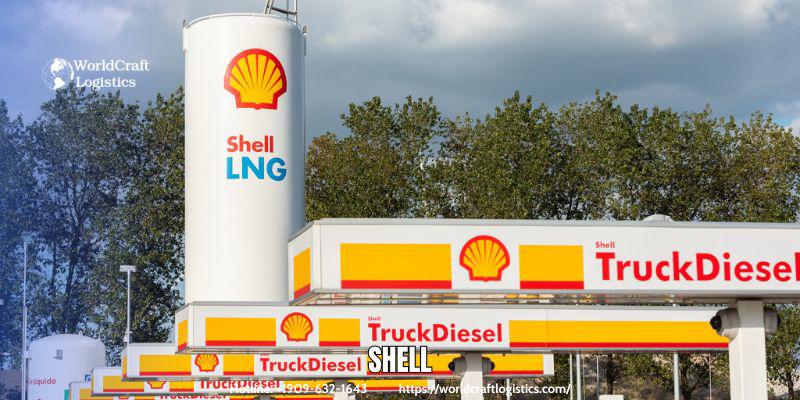
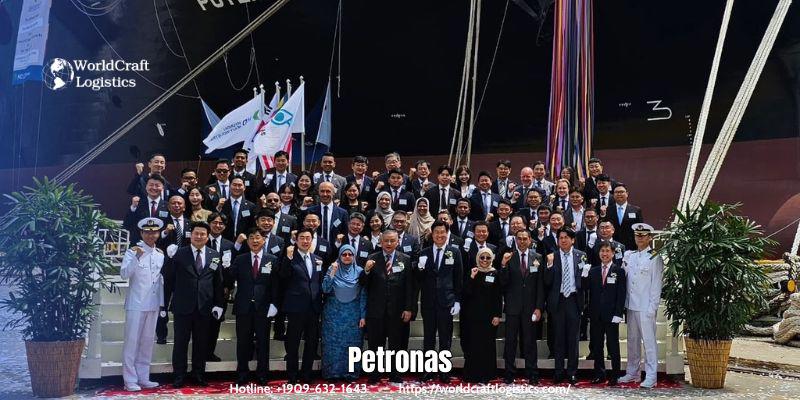
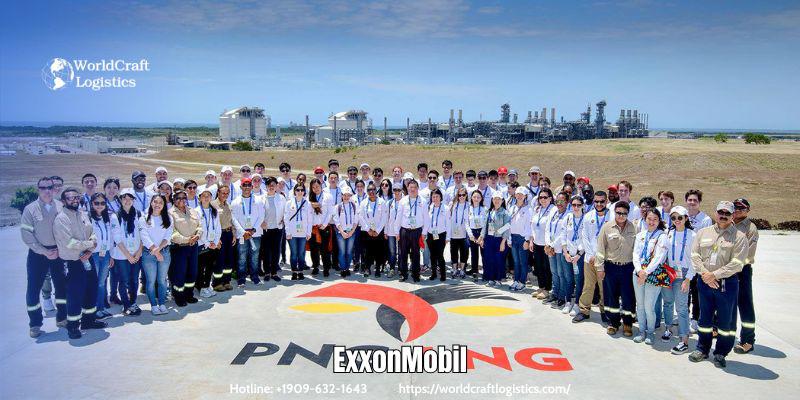
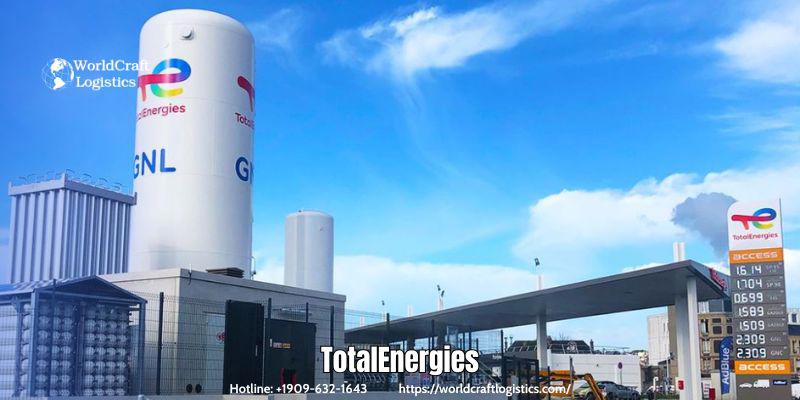
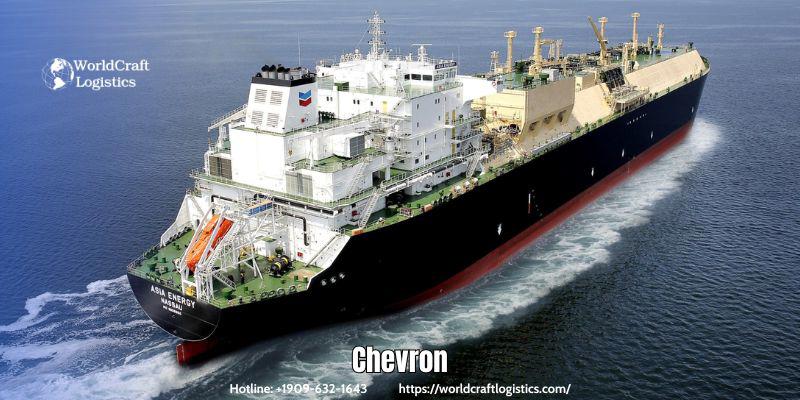
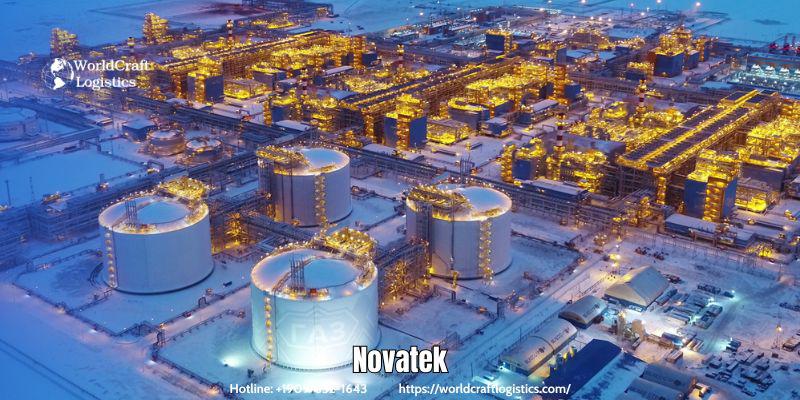
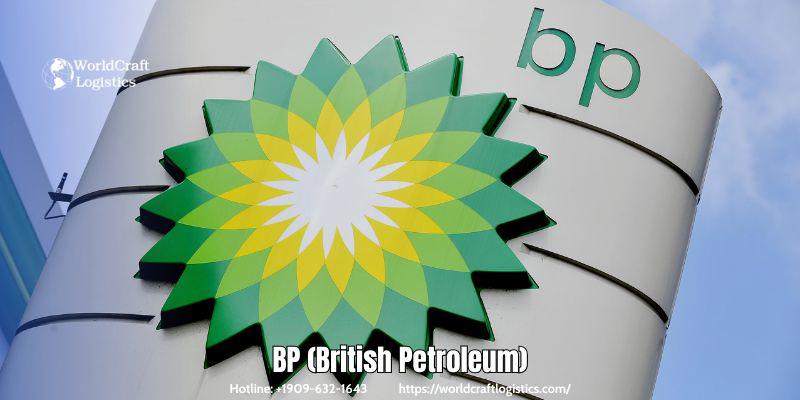
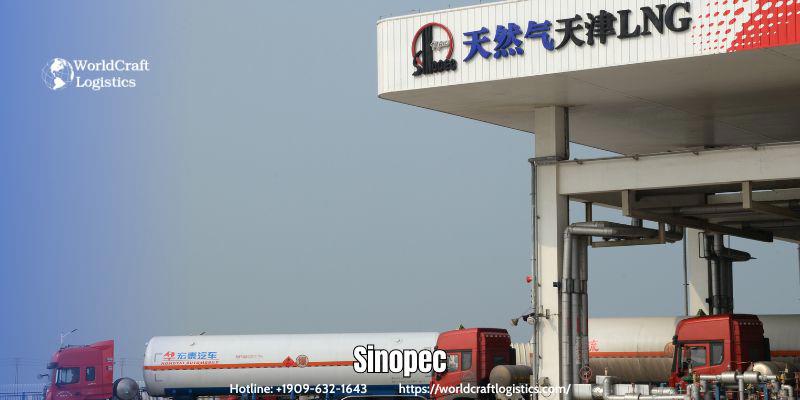
These companies dominate the LNG supply chain, with interests spanning production, liquefaction, shipping, regasification, and distribution. They play a critical role in meeting global energy demands and ensuring energy security for import-dependent regions.
Liquefied Natural Gas (LNG) has rapidly become a critical component of the global energy transition, with an annual growth rate of approximately 4% projected between 2021 and 2027, driven by both economic and environmental demands.
As of 2023, global LNG capacity reached around 450 million tons per annum (MTPA), with major expansions underway across top exporting countries like Qatar, the United States, and Australia, all aiming to meet surging demand in Asia and Europe. This capacity is anticipated to exceed 700 MTPA by 2030, supported by investments of over $200 billion in infrastructure, including liquefaction plants and specialized shipping vessels. The strategic importance of LNG is underscored by its role as a transitional fuel; it offers a 45-55% reduction in CO2 emissions compared to coal and oil, aligning with the net-zero targets of countries committed to climate agreements.
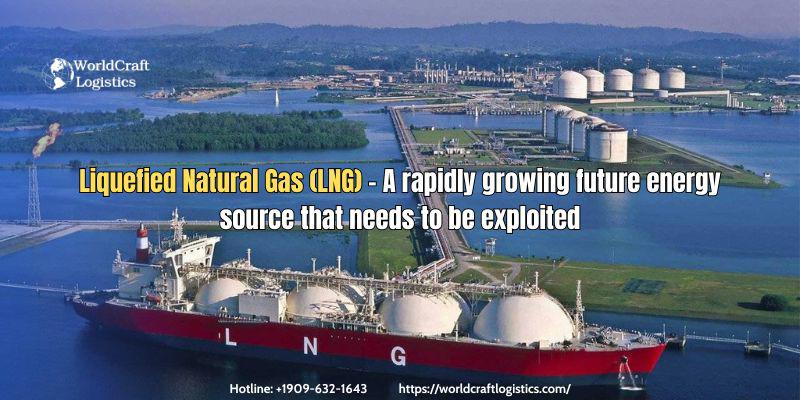
With LNG consumption predicted to double in major Asian economies by 2040 and new import facilities rising across Europe, the industry stands at a pivotal point. Capitalizing on LNG as a globally accessible, cleaner energy source is essential for balancing immediate energy security needs with long-term sustainability goals, making the case for continued development and strategic exploitation of LNG assets across diverse geographies.
In conclusion, as LNG continues to reshape the global energy landscape, its role in providing reliable, scalable, and cleaner energy solutions has never been more critical. With investments in LNG infrastructure expanding across continents and major economies turning to LNG to support their energy transitions, the future of this industry holds immense promise.
At Worldcraft Logistics, we recognize the importance of staying ahead of such transformative trends. By analyzing and understanding the dynamics of LNG, we remain dedicated to offering our clients the insights and solutions needed to navigate the complexities of a changing global energy market effectively.
SEO
Digital Marketing/SEO Specialist
Simon Mang is an SEO and Digital Marketing expert at Wordcraft Logistics. With many years of experience in the field of digital marketing, he has shaped and built strategies to effectively promote Wordcraft Logistics' online presence. With a deep understanding of the logistics industry, I have shared more than 500 specialized articles on many different topics.
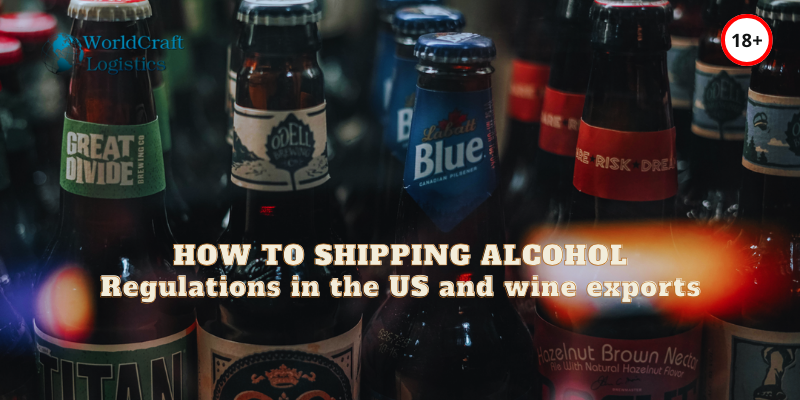
Shipping
12/21/2023
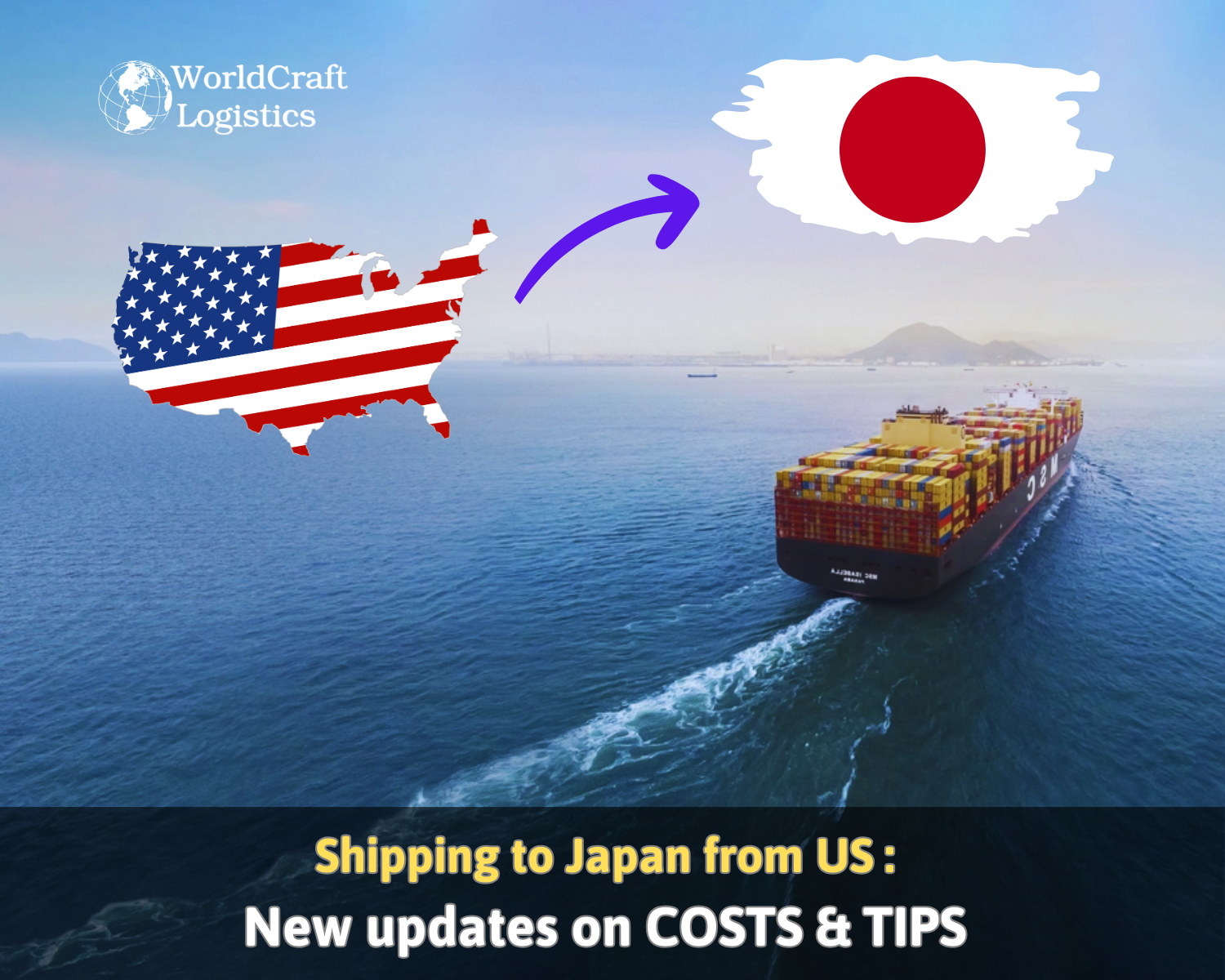
Shipping
02/28/2024
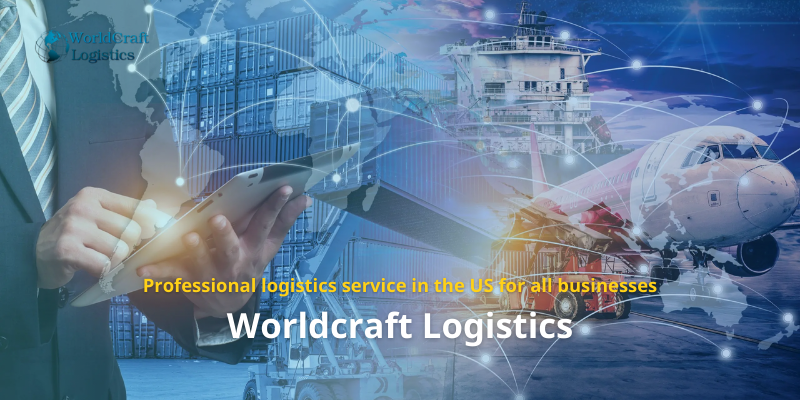
Shipping
12/24/2023
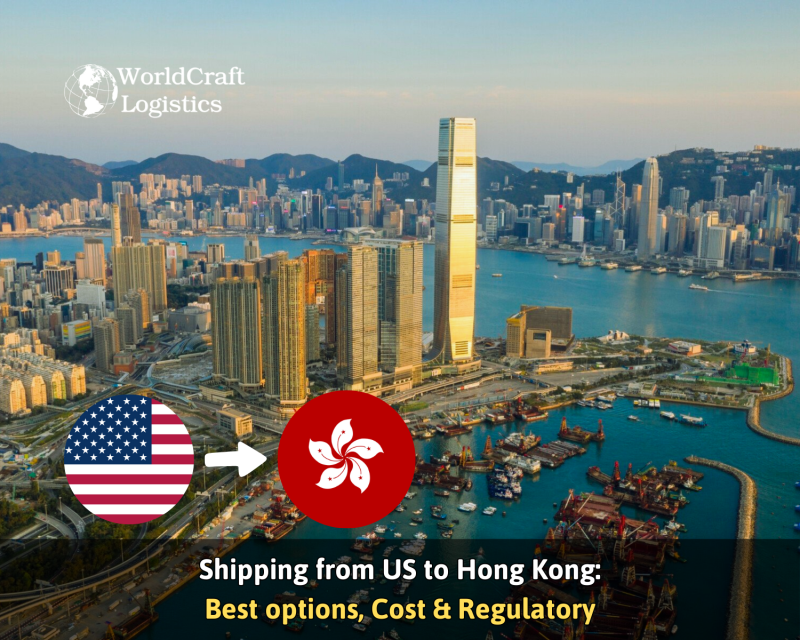
Shipping
04/02/2024
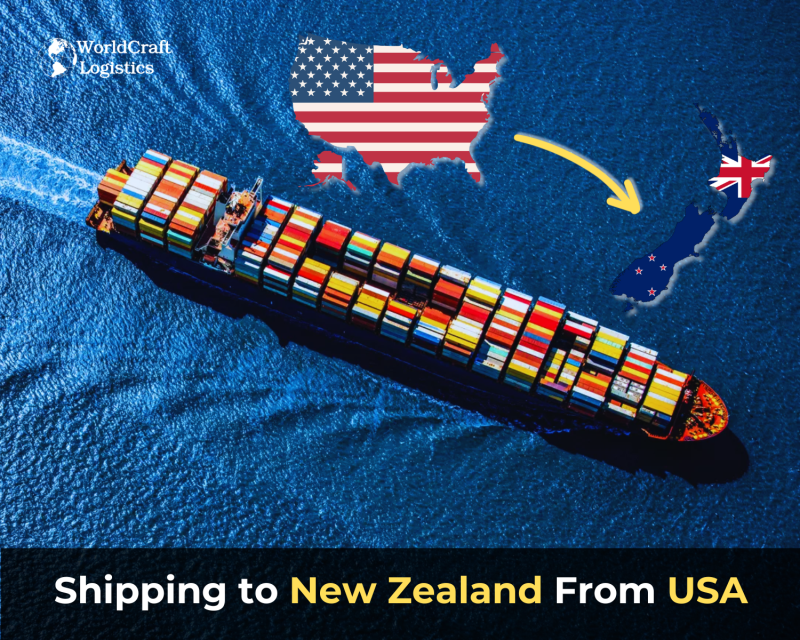
Shipping
11/04/2024